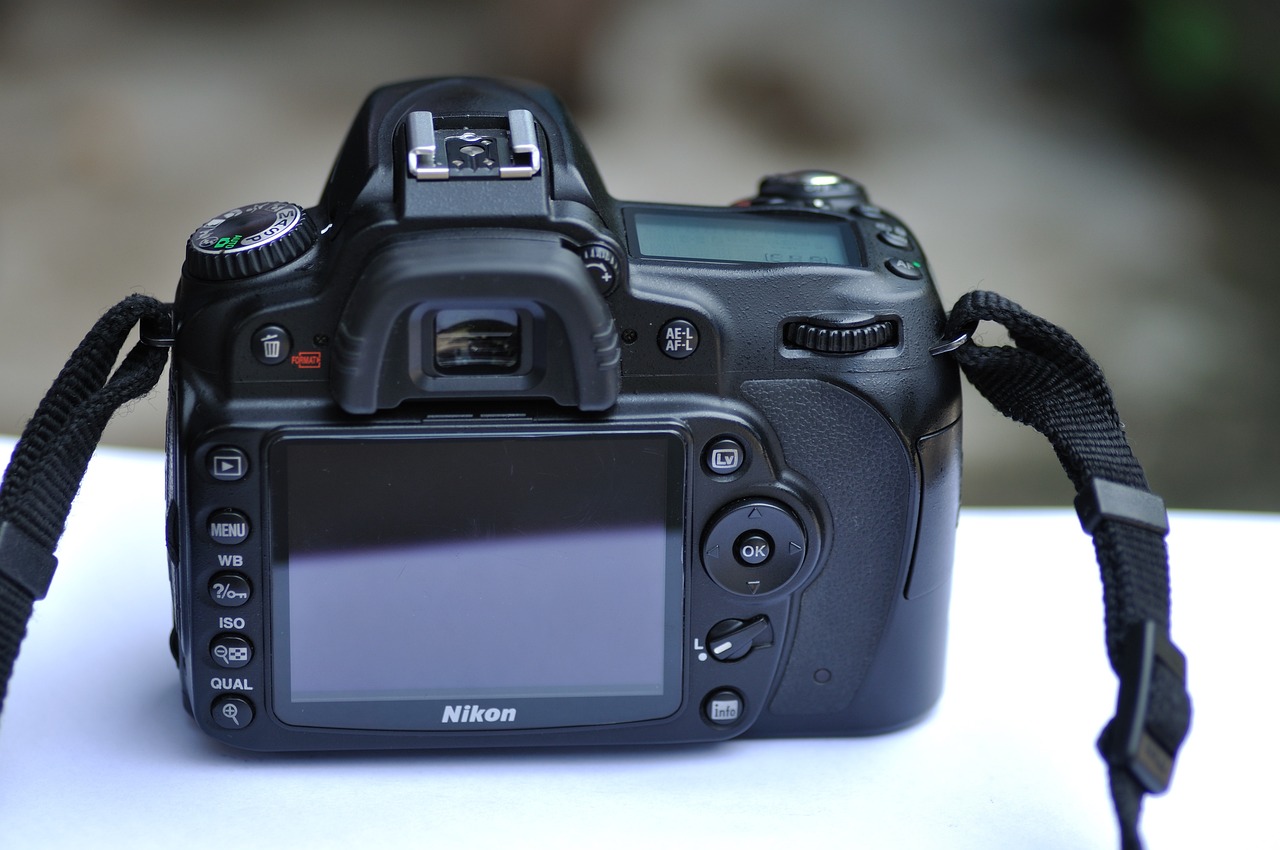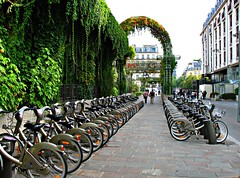How to Structure a Photography Workshop?
Photography workshops are invaluable opportunities for photographers to expand their skills, learn from experienced mentors, and connect with like-minded individuals. Whether you’re a professional photographer looking to teach others or a photography enthusiast eager to organize a workshop, this ‘how to structure a photography workshop’ guide will walk you through the essential steps and considerations for structuring a successful photography workshop.
Read more: What is Architectural Photography
# The Importance of a Well-Structured Workshop
Photography workshops offer an immersive learning experience, fostering creativity and skill development in participants. A well-structured workshop can make the difference between a memorable and transformative educational event and a disorganized and unproductive gathering.

1: Defining Your Workshop’s Purpose and Audience
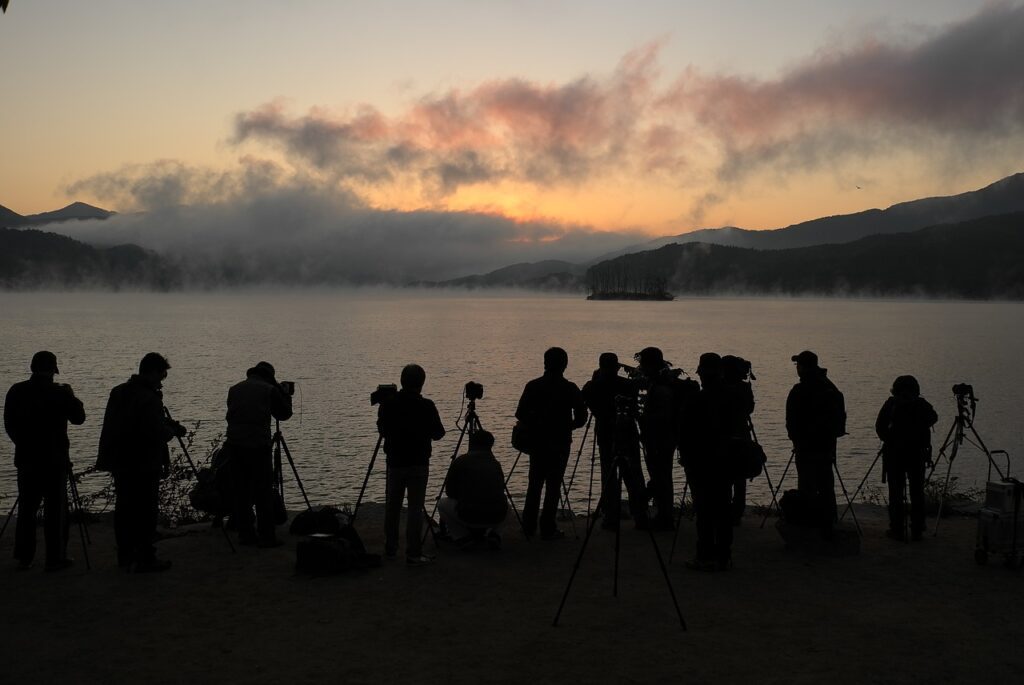
Structuring a photography workshop begins with defining its purpose and audience, which serves as the foundation for a successful learning experience. The purpose should be clear and focused, whether it’s to introduce beginners to the basics of photography, help intermediate photographers refine their skills, or enable advanced practitioners to explore specialized techniques like long exposure or macro photography. Understanding your audience is crucial; their skill level, interests, and goals will guide the workshop’s content, pace, and objectives. For instance, a workshop aimed at beginners might focus on fundamentals such as understanding exposure, composition, and how to use a camera in manual mode, while a session for more experienced photographers could delve into complex lighting setups, post-processing techniques, or niche genres like astrophotography. By tailoring the workshop’s structure around the specific needs and aspirations of your audience, you can create an engaging and educational experience that fosters creativity, enhances skills, and ignites a passion for photograph
2: Identify Your Workshop’s Focus
Before you can structure a workshop, define its purpose. Are you teaching landscape photography, portrait techniques, or smartphone photography? Determine the specific theme and subject matter to ensure clarity in your workshop’s content.
3: How to structure a photography workshop to Know Your Target Audience
Understanding your workshop’s audience is crucial. Are you catering to beginners, intermediate photographers, or professionals seeking specialized knowledge? Tailor your workshop content, teaching style, and resources to meet the needs of your target participants.
# Workshop Content and Curriculum
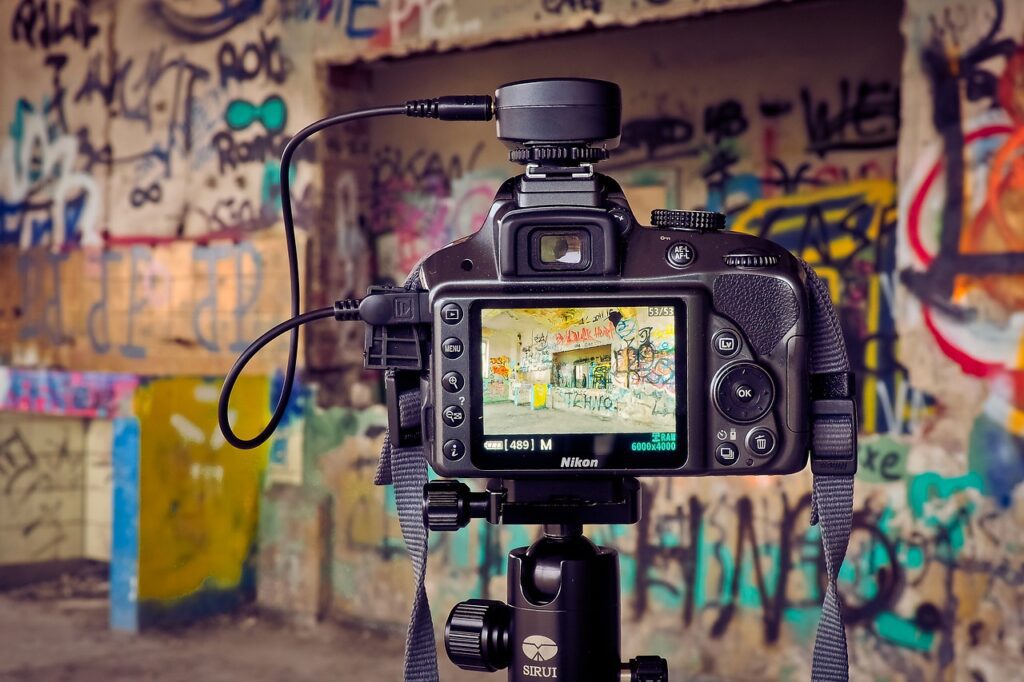
1: Outline the Curriculum
Create a detailed curriculum that breaks down the workshop into manageable segments. Plan what topics you’ll cover each day, including theoretical lessons, practical exercises, and photo critiques. Ensure a logical progression of learning throughout the workshop.
2: Set Learning Objectives to Structure a Photography Workshop
Establish clear learning objectives for each workshop session. Define what participants should be able to achieve or understand by the end of each module. This helps both you and the participants track progress and stay focused.
#Logistics and Workshop Planning
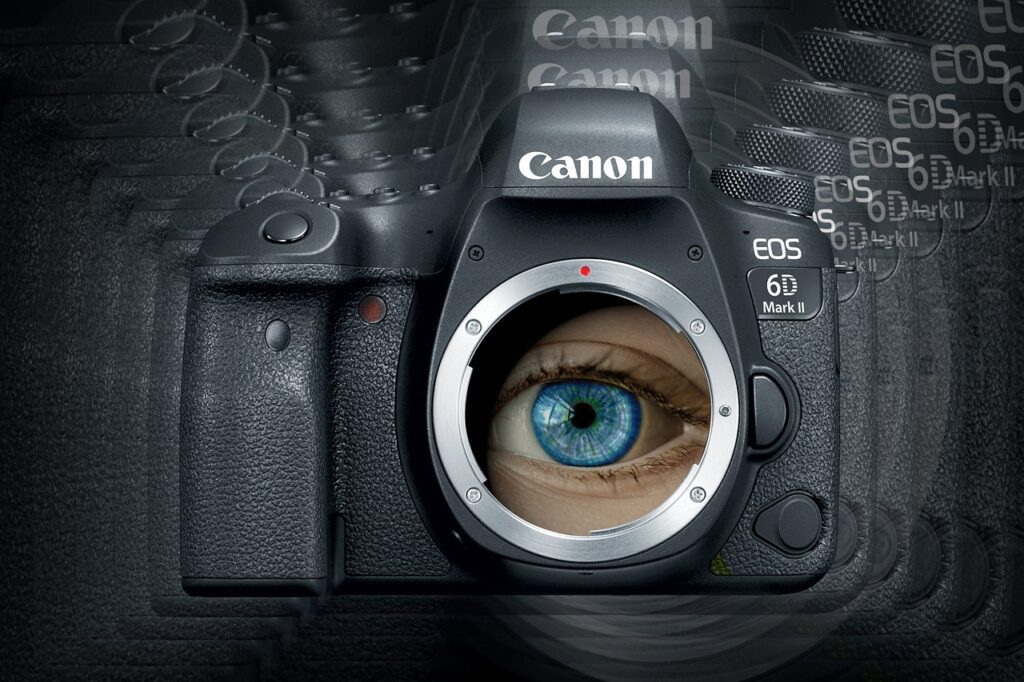
1: Selecting Dates and Location
Choose workshop dates that suit your target audience and align with your location’s weather and lighting conditions if relevant. Secure a suitable venue that accommodates the number of participants and offers the necessary facilities.
2: Pricing and Registration
Determine the workshop’s pricing structure based on factors like workshop duration, resources provided, and your expertise. Create a user-friendly registration process and clearly communicate what participants can expect in terms of workshop inclusions.
# Execution and Delivery
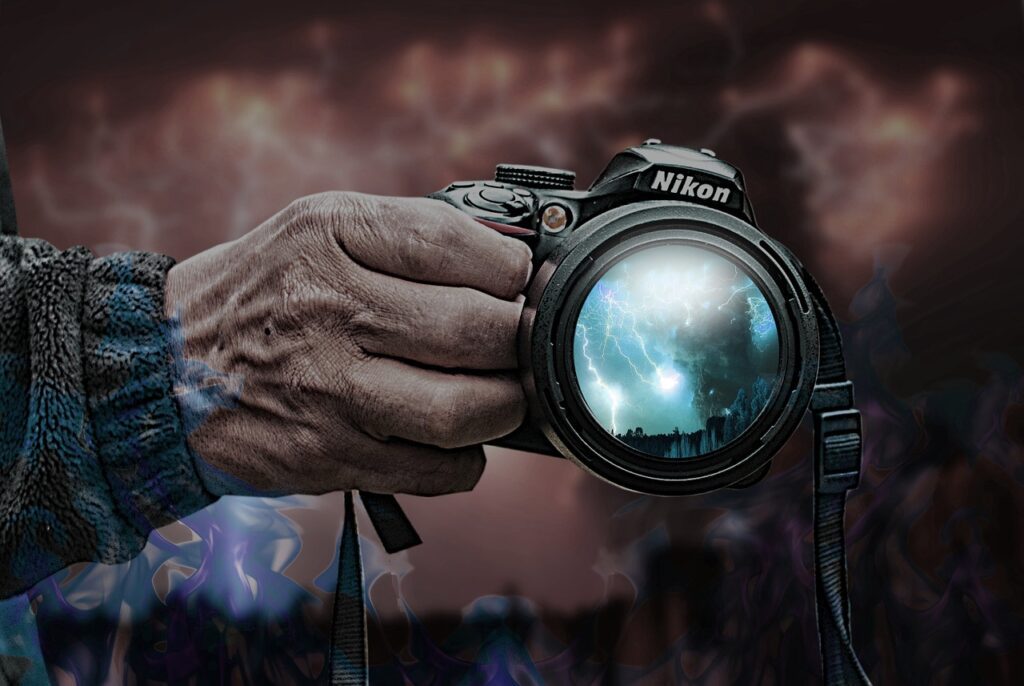
1: Prepare Teaching Materials
Gather teaching materials such as presentations, handouts, and reference guides. Ensure that these materials are comprehensive, easy to understand, and accessible to participants during and after the workshop.
2:Interactive Learning
Encourage active participation and engagement. Include hands-on exercises, group discussions, and photography assignments to reinforce learning and build camaraderie among participants.
# Marketing and Promotion Workshop Promotion Strategies

1: Create a Workshop Website
We can add the idea like creating a dedicated workshop website or landing page that provides detailed information about the workshop, including dates, location, curriculum, and registration details. Optimize the website for search engines to enhance online visibility.
2: Utilize Social Media
how to structure a photography workshop, for this question we can easily Leverage social media platforms to promote your workshop. Share engaging content, behind-the-scenes glimpses, and testimonials from previous participants. Use relevant hashtags and target photography communities to reach a wider audience.
# Managing Workshop Logistics Participant Communication
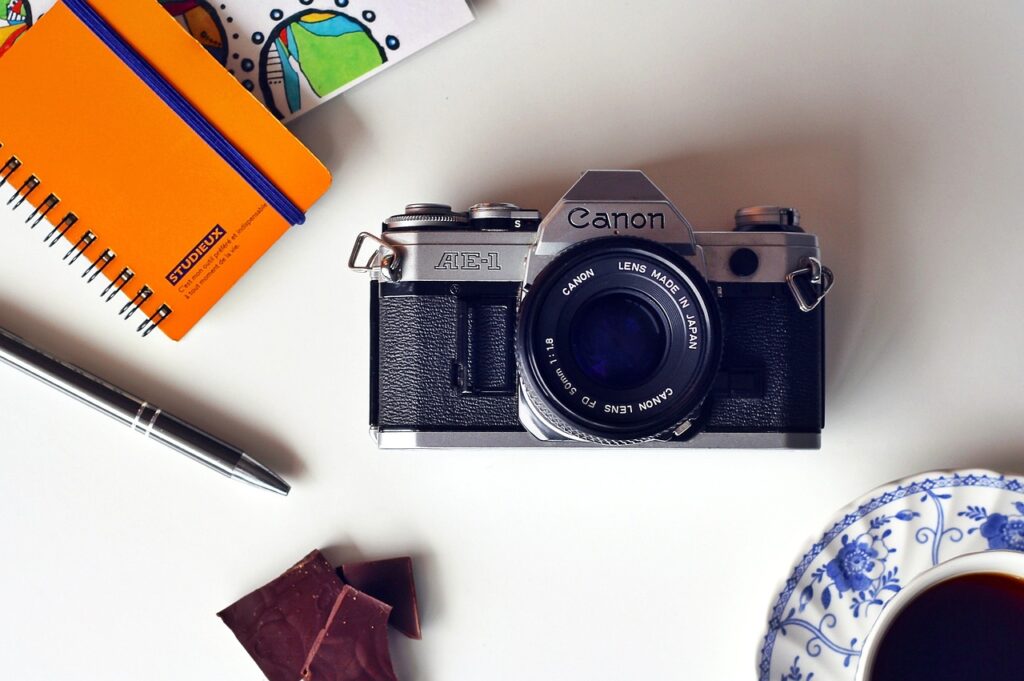
1: Pre-Workshop Communication
Send pre-workshop emails to registered participants, providing them with essential information such as workshop schedules, location details, recommended equipment, and any pre-workshop assignments.
2: During the Workshop
how to structure a photography workshop with smooth experience being organized, punctual, and attentive to participants’ needs. Address questions and concerns promptly and create a positive and collaborative learning environment.
# Workshop Follow-Up and Feedback
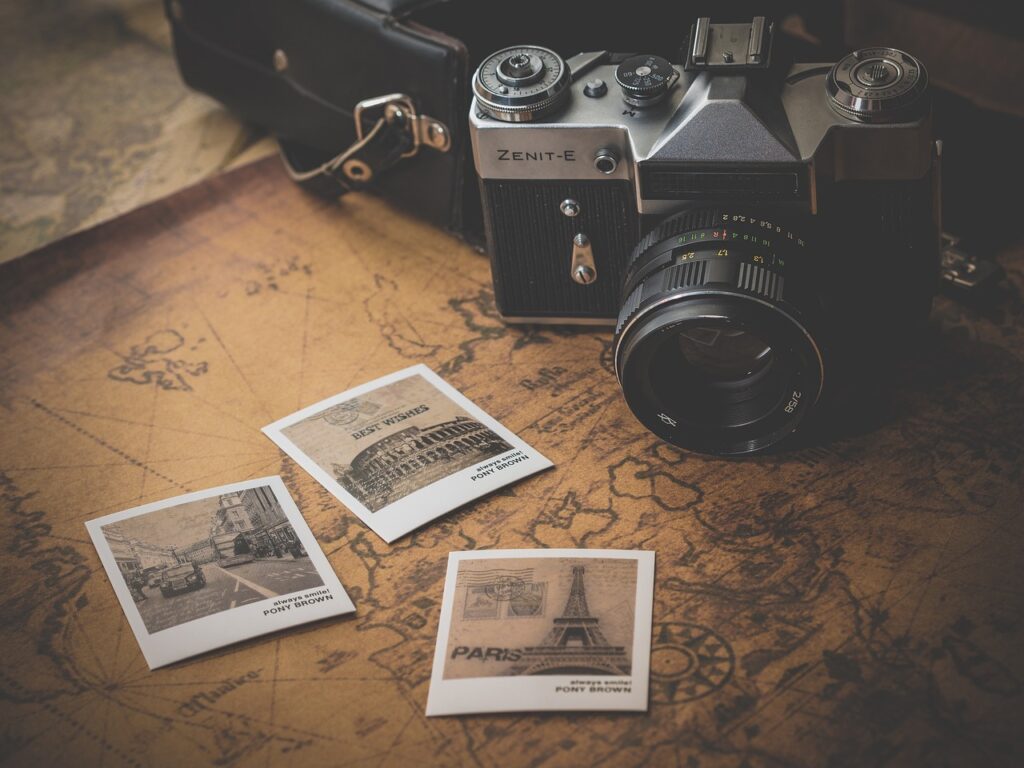
1: Gather Participant Feedback
After the workshop, solicit feedback from participants to assess their learning experience. Use their input to improve future workshops and strengthen your teaching methods.
2: Post-Workshop Resources
Provide participants with post-workshop resources such as presentation slides, handouts, and recommended reading materials. Stay connected with participants through a mailing list or social media group to foster a photography community.
Conclusion
how to structure a photography workshop In the world of photography, there’s a saying that goes, “The best camera is the one you have with you.” Similarly, when it comes to photography workshops, the most effective one is the one that’s carefully structured, passionately delivered, and thoughtfully received.
Through this comprehensive guide you have known how to structure a photography workshop , you’ve embarked on a journey to create photography workshops that are not just informative but transformative . A well-structured workshop has the power to ignite creativity, build technical expertise, and foster a sense of community among participants.
Remember, a well-structured photography workshop isn’t just an event; it’s a catalyst for growth, exploration, and connection. Whether you’re teaching or organizing, you have the privilege of being a guide on these transformative journeys. So, as you structure and deliver your workshops, cherish the opportunity to inspire and empower others through the art and craft of photography. Now we have totally covered the full details on how to structure a photography workshop, hope you have got the enough info to kick off your own.




